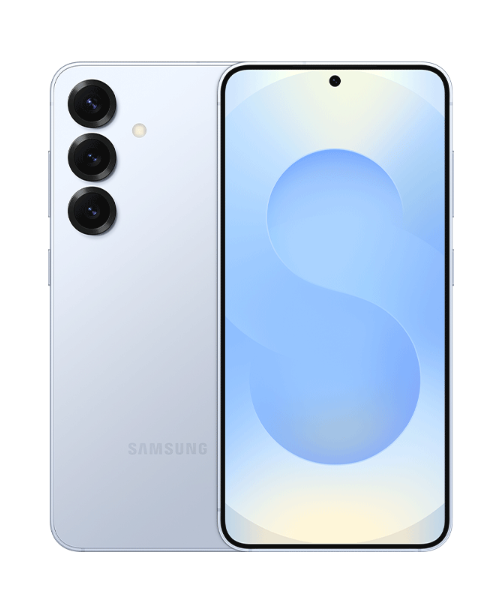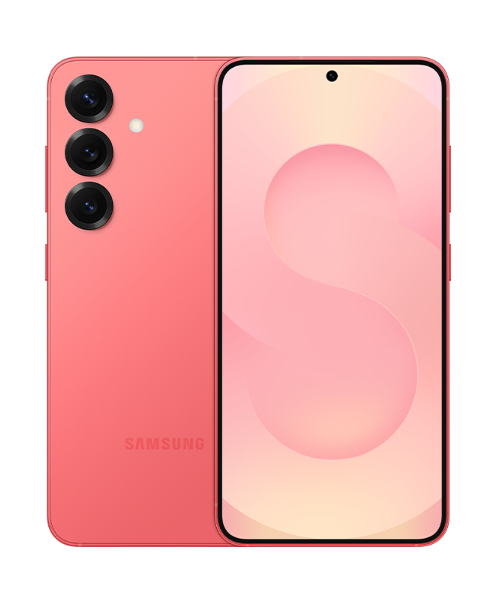Samsung Galaxy S25 and Vivo X200 are two of the most exciting flagship smartphones, each excelling in different areas. Samsung focuses on software longevity and refined user experience, while Vivo pushes cutting-edge hardware and fast-charging capabilities. With differences in display technology, camera systems, and battery performance, this comparison will highlight which device suits different types of users. Whether you want a reliable long-term device or the best value for performance, understanding these distinctions will help you make an informed choice.
1. Design and Display

The Galaxy S25 has a premium glass and aluminum build with Gorilla Glass Victus 2 protection, while the Vivo X200 also features a glass front and aluminum frame but uses Schott Xensation Alpha for screen protection. The Galaxy S25’s 6.2-inch Dynamic LTPO AMOLED 2X panel is slightly smaller than the 6.67-inch AMOLED display on the Vivo X200. However, the Vivo X200 has a higher resolution (1260 x 2800) and a peak brightness of 4500 nits, compared to 2600 nits on the S25.
Both displays support 120Hz refresh rates and HDR10+, but Vivo’s Ultra HDR image support and higher brightness give it an edge for outdoor visibility. That said, Samsung’s LTPO technology is more efficient in adjusting refresh rates, which helps with power consumption.
The Vivo X200’s display is objectively brighter and sharper, making it better for HDR content, but Samsung’s LTPO tech ensures a smoother and more efficient experience.
2. Specifications

The Galaxy S25 is powered by the Snapdragon 8 Elite (3nm), while the Vivo X200 runs on the MediaTek Dimensity 9400 (3nm). Both chipsets are flagship-grade, but Qualcomm’s Snapdragon 8 Elite has shown better GPU performance and sustained efficiency, making it ideal for gaming.
In terms of battery, the Vivo X200 has a significantly larger 5800mAh (Global) / 5220mAh (Austria) battery, compared to the 4000mAh in the Galaxy S25. Vivo also supports 90W wired charging, much faster than Samsung’s 25W charging. While both support wireless charging, Vivo’s reverse wired charging is a plus.
The Vivo X200 wins in battery life and charging speed, making it ideal for heavy users. However, Samsung’s software optimizations and efficient chipset help balance out the smaller battery.
3. Camera

The Galaxy S25 features a 50MP wide, 10MP 3x telephoto, and 12MP ultrawide setup, while the Vivo X200 has a triple 50MP setup (wide, periscope telephoto, and ultrawide) with Zeiss optics. The 3x periscope telephoto lens on Vivo has a larger sensor and better OIS, making it superior for zoom shots.
For selfies, Samsung uses a 12MP camera, while Vivo has a 32MP ultrawide sensor, which is more versatile for group shots. Both devices shoot 4K video at 60fps, but Samsung offers 8K recording, making it a better choice for pro-level videography.
If you prefer sharp zoom and color accuracy (Zeiss optics), Vivo is the better pick. But if you prioritize video quality and software enhancements, Samsung takes the lead.
4. Pricing
The Galaxy S25 is more expensive than the Vivo X200, making Vivo a more value-for-money option. However, Samsung offers 7 years of Android updates, while Vivo only promises 4 years, which might make it worth the extra cost for long-term use.
If you want longer software support and better resale value, Samsung justifies the premium. If you want flagship hardware at a lower price, Vivo X200 is unbeatable.
5. Conclusion

- Samsung Galaxy S25: Better chipset (Snapdragon 8 Elite), LTPO display for power efficiency, 8K video recording, 7 years of software updates.
- Vivo X200: Brighter display (4500 nits), bigger battery (5800mAh), faster 90W charging, periscope zoom camera, Zeiss optics, and an IR blaster.
The Vivo X200 stands out in hardware, but Samsung offers long-term value and software refinements, making it better for users who plan to keep their phone longer.
Read More:
- Comparing Samsung Galaxy S25 and Oppo Find X8
- Comparing Samsung Galaxy S25 and iPhone 16
- Comparing OnePlus 13 and Samsung Galaxy S24 : Which flagship is better?







